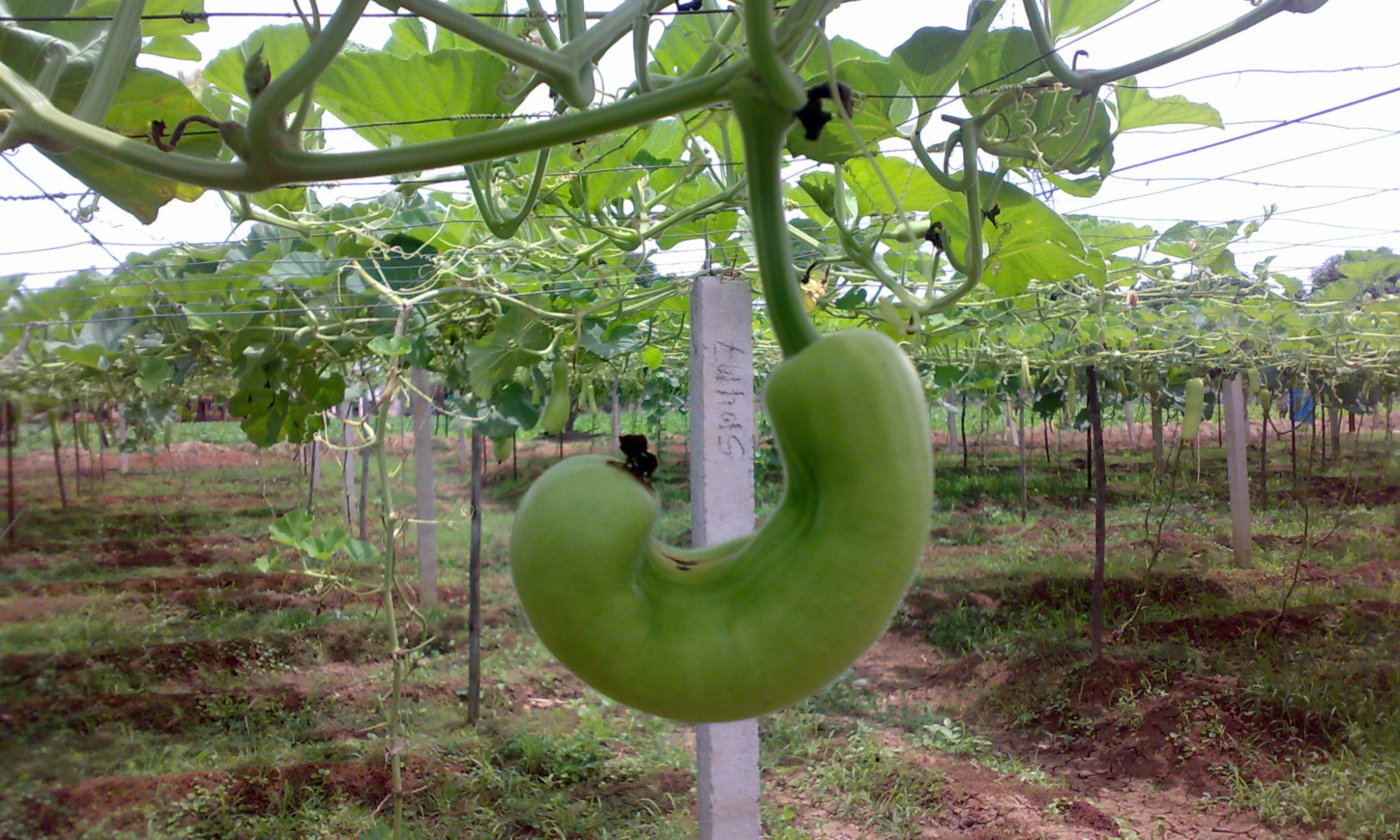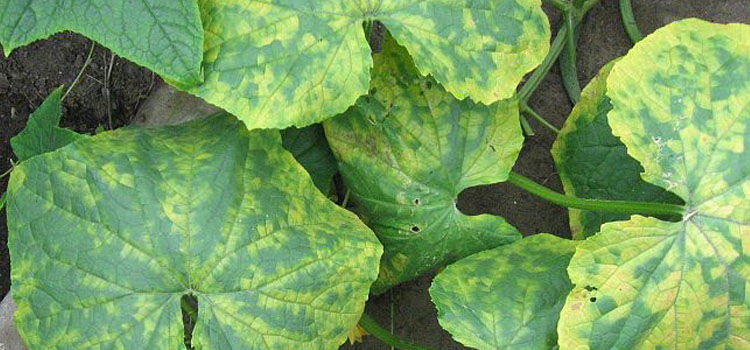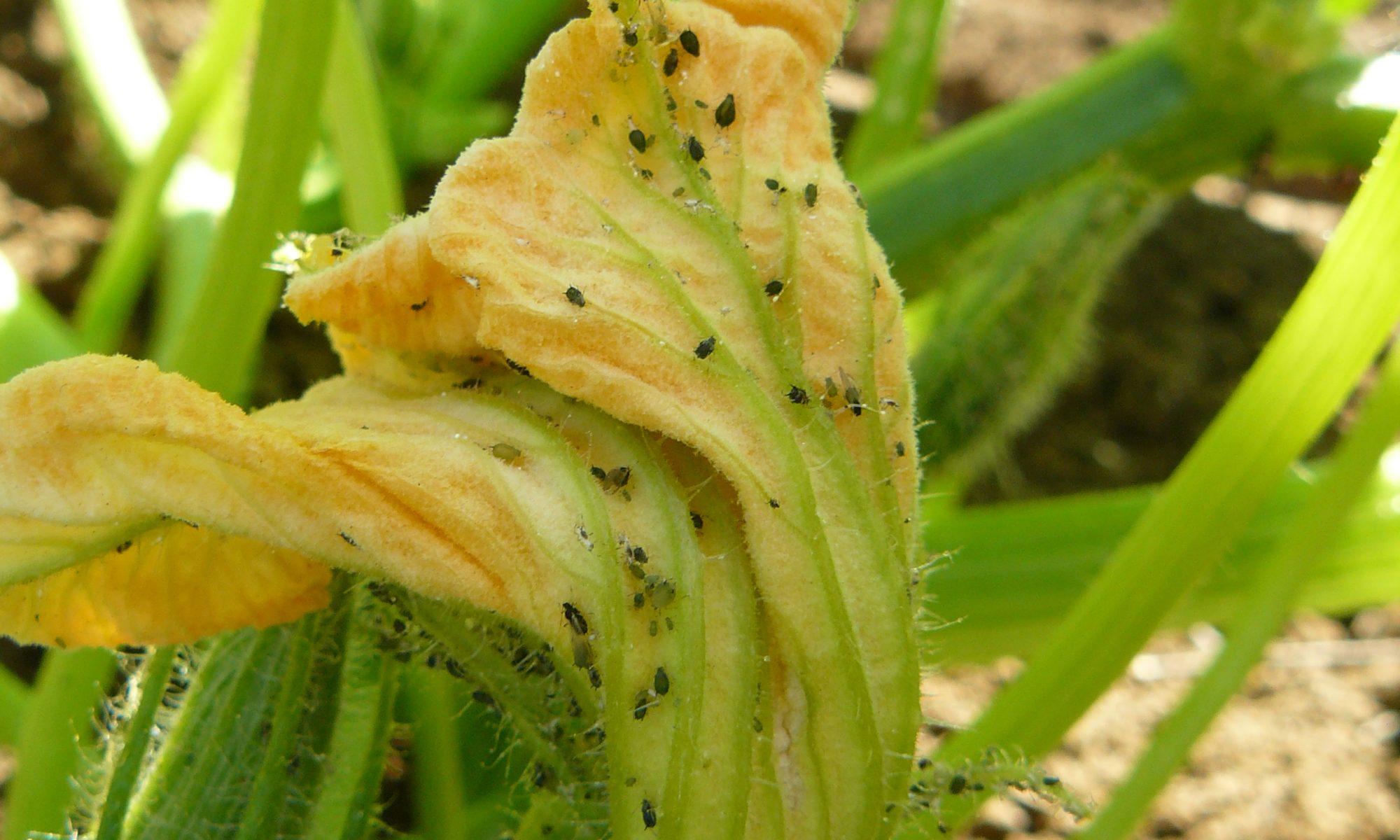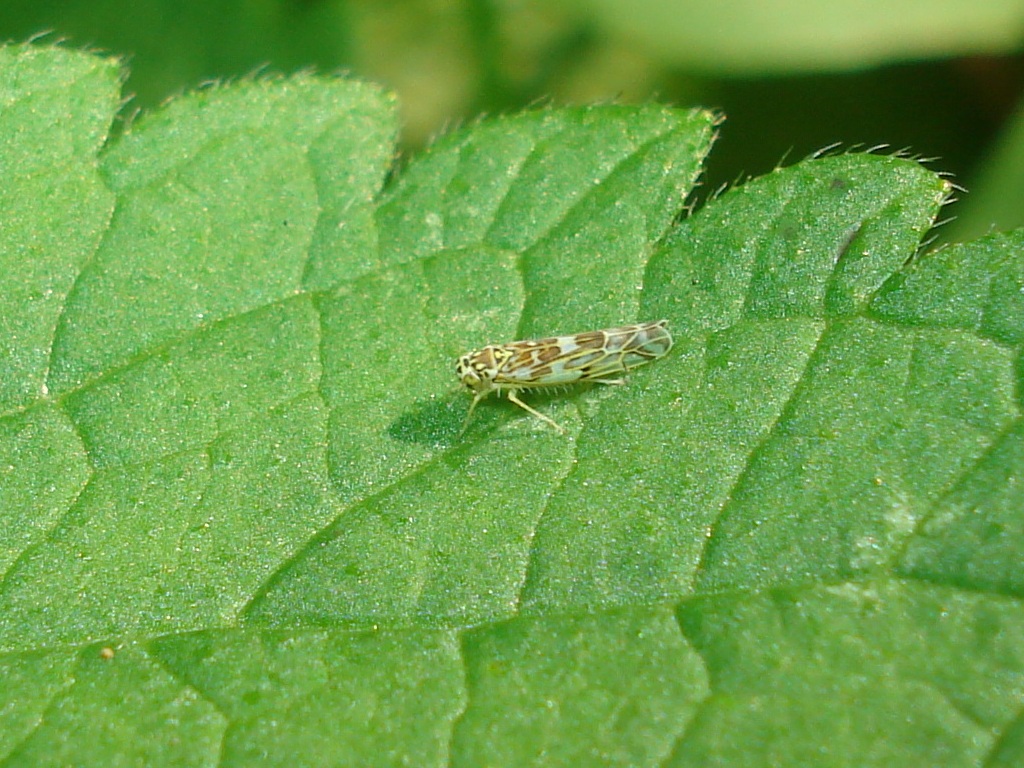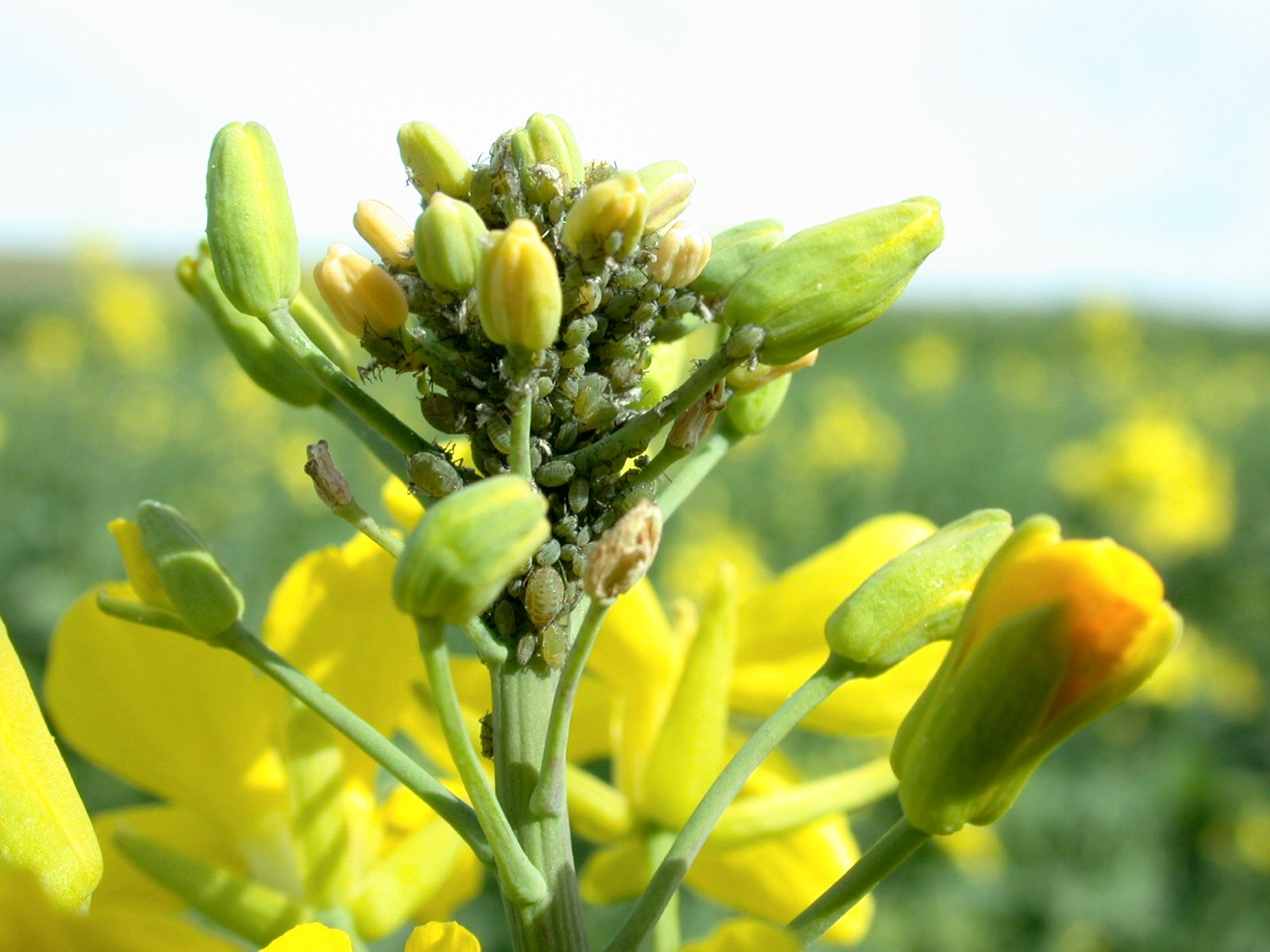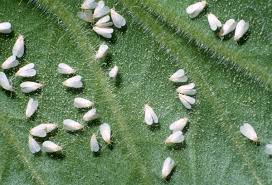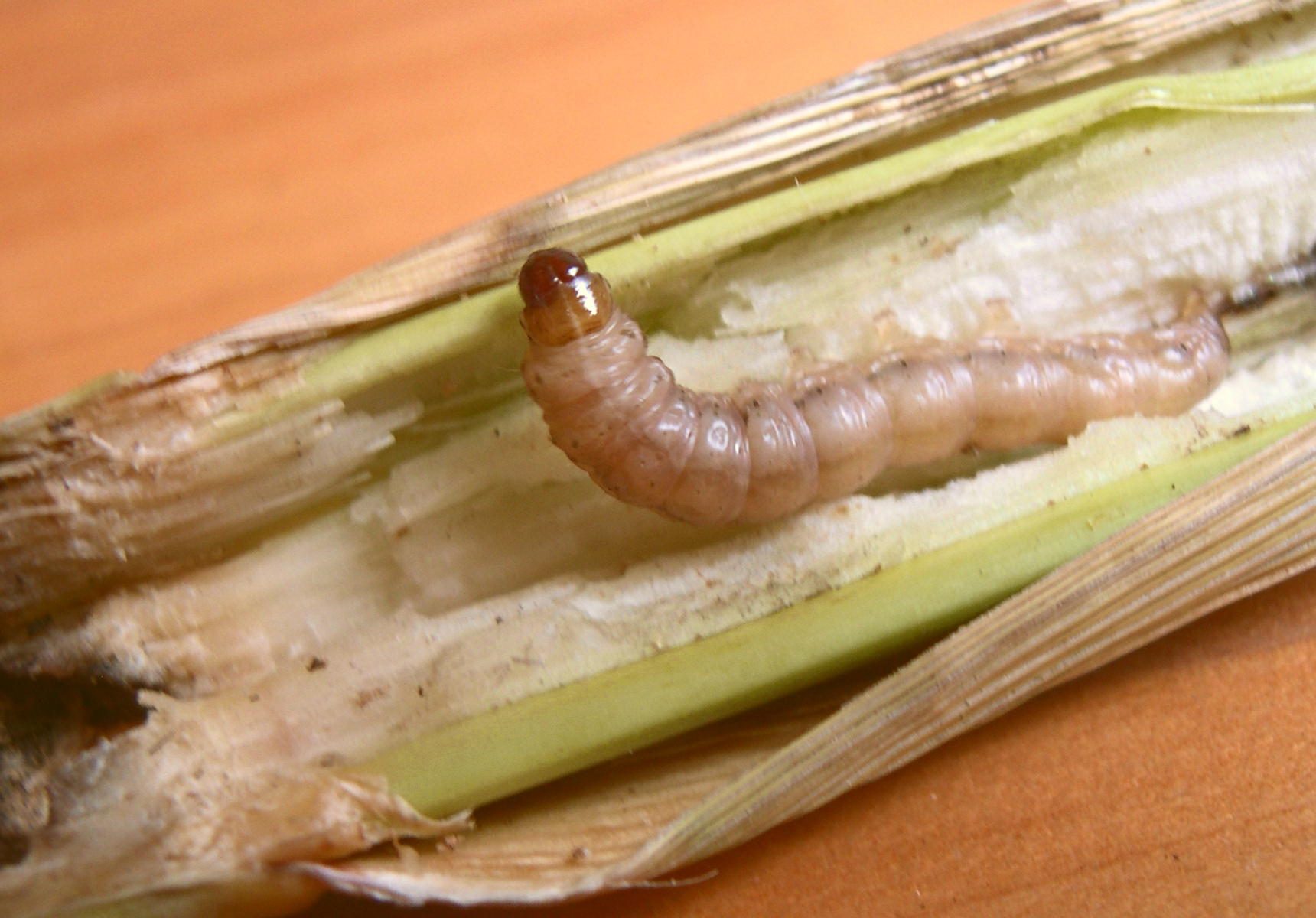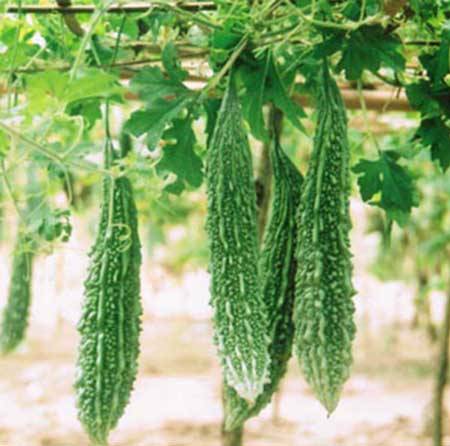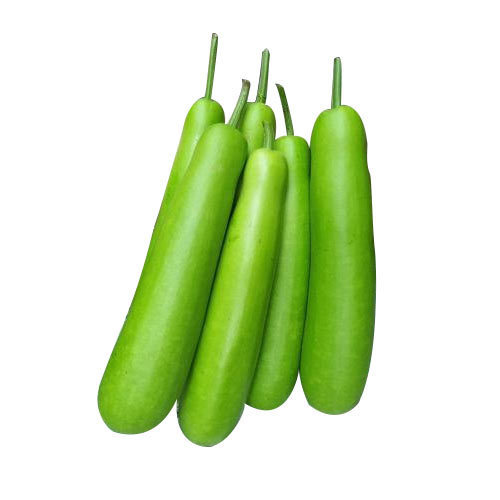- The maggot burrows into the fruits and sucks the sap.
- Infested fruits decay and drop.
- The fly mainly prefers tender fruits for egg laying.
- Ovipositional punctures caused by adults also cause injury on fruits and fruit juices oozes out.
- Collect and destroy infested fruits.
- To prevent egg laying, fly traps(pheromone trap) can be set up in the field with 1% Methyl Eugenol or Citronella oil or Vinegar or Dextrose or Acetic acid or Lactic acid.
- Cover developing fruits with paper or polythene cover immediately after anthesis pollination.
- Maize plants grown in rows at a distance of 8-10 cm in cucurbit field is effective as flies rest on such tall plants.
- Soil incorporation of Carbaryl 10 % dust can be made in fruit fly endemic areas.
- Deep ploughing to expose hibernating stages.
- spray dichlorvos 76% EC 250 to 500ml /acer
Like and share with other farmers by clicking on button below.
Share
